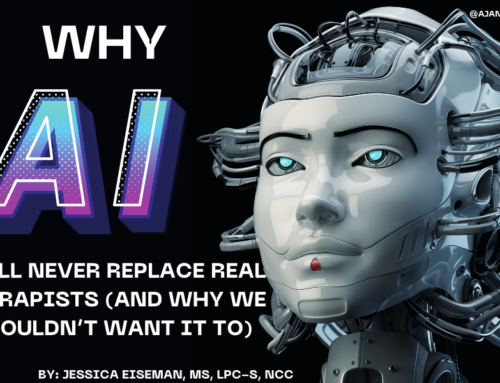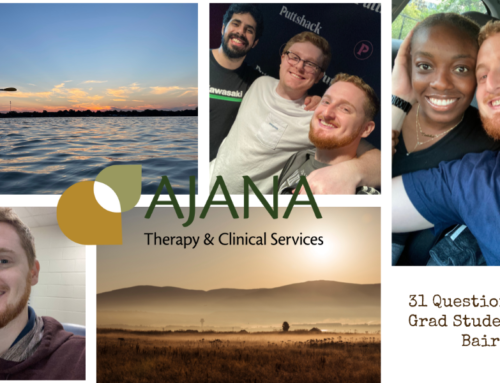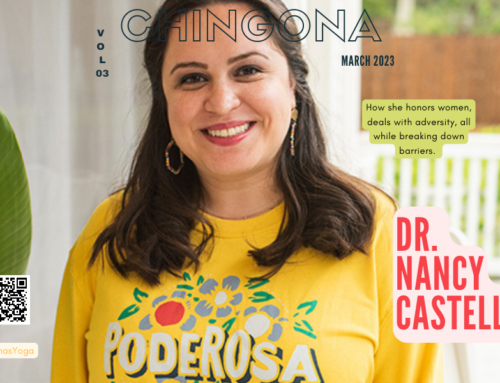What is Mindfulness & How Do I Practice It?
Written by Sanna Khoja, LPC
“Mindfulness is the awareness that arises through paying attention, on purpose, in the present moment, non-judgmentally. And then I sometimes add, in the service of self-understanding and wisdom.” -Jon Kabat-Zinn
Mindfulness Defined
Mindfulness is conscious living. It is having a nonjudgmental awareness of one’s internal and external experiences.
Video Description: Jon Kabat-Zinn Defining Mindfulness
| Living With Awareness | Living Without Awareness |
| Autopilot Mode | Mindful Mode |
| Reactions with habit | Responding with awareness |
| Thoughts residing in the past and future | Thoughts residing in the present |
| Emotional reactivity | Emotional awareness |
| Judging internal experience | Observing internal experience |
|
Labeling experiences as good/bad and right/wrong |
Awareness of experiences without labels |
Mindfulness Myths
- “Mindfulness is a relaxation or stress-relief technique.”
- Mindfulness is not a relaxation technique. It is a way of being that centers on being aware of the present moment. Relaxation and calming sensations can be one of the many potential benefits of mindfulness.
- “Mindfulness means not having any thoughts or controlling thoughts.”
- Mindfulness does not encourage changing how or what you are thinking. The state of mindfulness allows one to notice one’s thoughts and inner experiences without judgment.
- “Mindfulness conflicts with religions.”
- Although mindfulness originates from Eastern religions and traditions, it was brought to the west by secular institutions. Mindfulness itself is not a religion. It is a practice that helps one gain the ability to live with moment-to-moment awareness.
- “Meditation is the only way to practice mindfulness.”
- One can practice mindfulness outside of meditation by engaging in daily activities with conscious awareness.
How to Practice Mindfulness
- If you are not interested in meditation: Start by giving your full attention to one daily activity. It can be anything! Taking a walk, drinking coffee, washing your face, eating a meal, talking with a friend, doing chores, etc.
- If you are interested in meditation: Don’t be hard on yourself. You don’t have to begin with a 30 minute long meditation. Start with 1 minute and work your way up.
- There are many mindfulness meditation apps that you may try. Here are a few I recommend:
- Headspace: Your first 10 sessions are free and can be reused an unlimited number of times. Headspace also includes great videos that give explanations of the different concepts and possible barriers to meditation. (This is where I started with my 3 minute meditation practice.) https://www.headspace.com/
- Insight Timer: There are a ton of meditations, and they are all free. (This is where I personally found a meditation for deep sleep.)
- Calm: This app has many programs to cultivate meditation, compassion, and relaxation skills. It has a 30 day free trial and costs about $60 after the trial has ended. (I use this currently for calming music.) https://www.calm.com/freetrial
About Sanna:
Sanna Khoja, M.Ed., LPC is a therapist in Houston, TX. She specializes in anxiety-based issues including social anxiety, PTSD, and OCD. Sanna enjoys working with young adults who struggle with perfectionism, life transitions, identity, and self-esteem. Catch her posts every week on Instagram and Facebook where she leads conversations on holistic transformation of the mind, body, and soul. #TuesdaysWithSanna
Resources:




